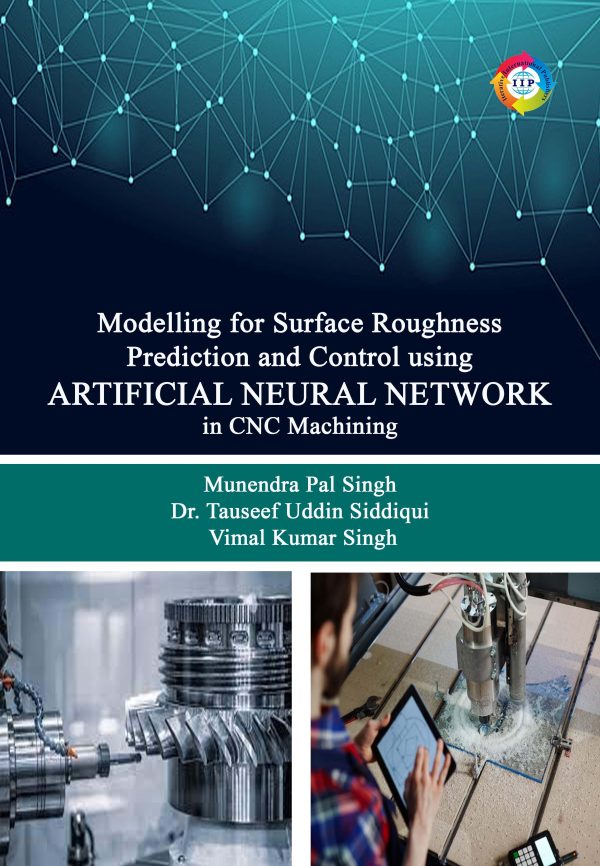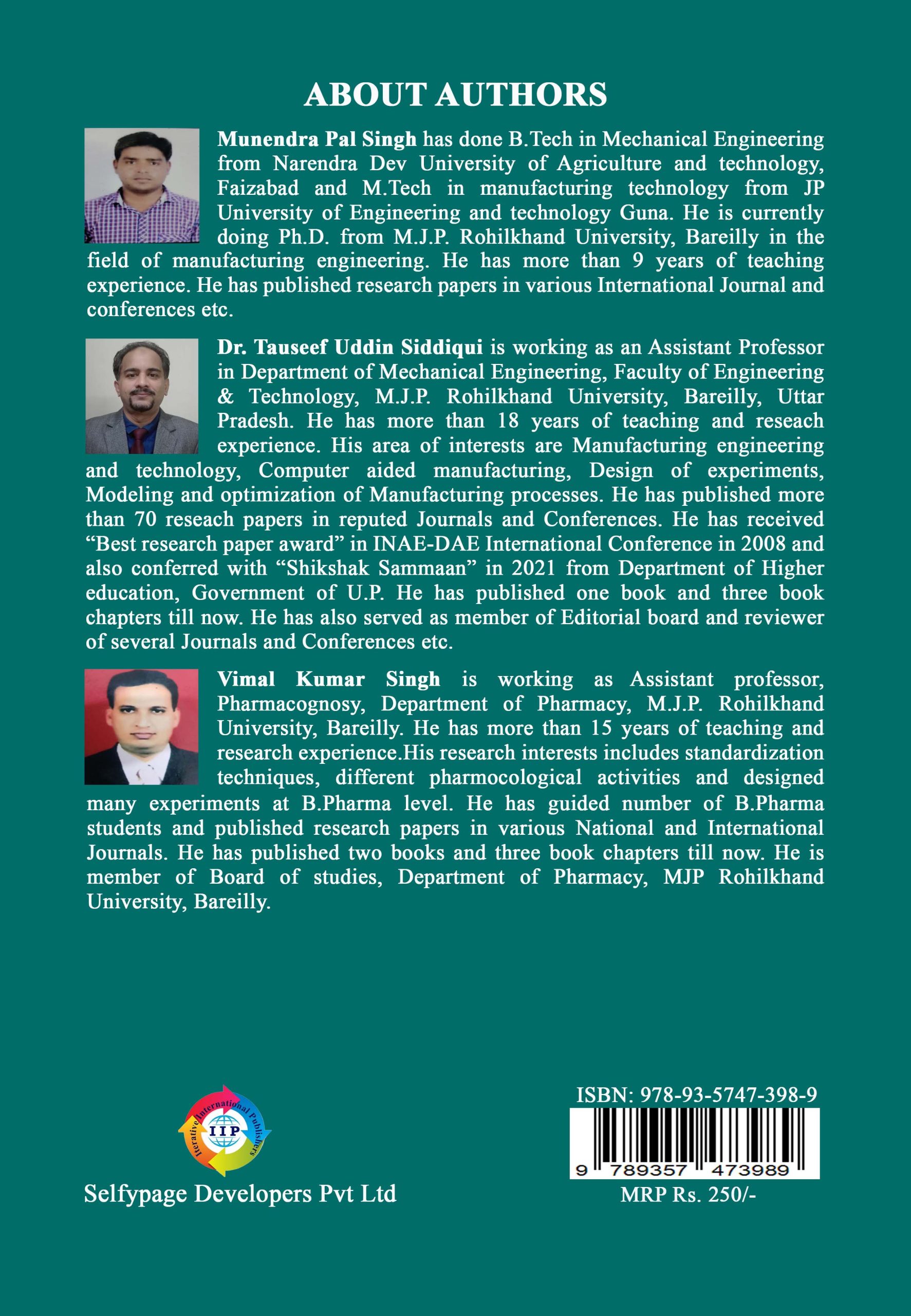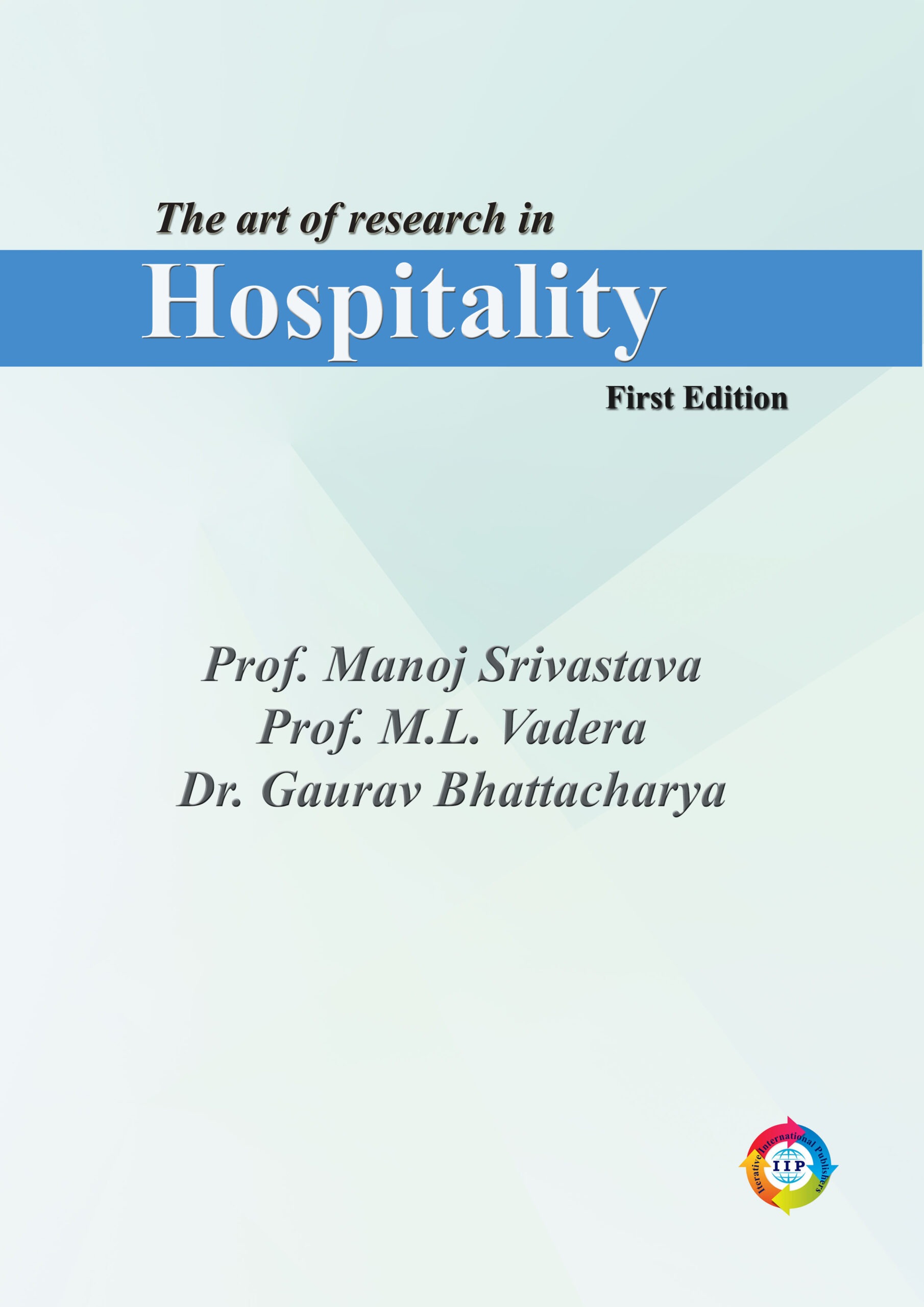Quality and productivity play significant role in today’s
manufacturing market. From customers’ viewpoint quality is
very important because the extent of quality of the procured
item (or product) influences the degree of satisfaction of the
consumers during usage of the procured goods. Therefore,
every manufacturing or production unit should concern about
the quality of the product. But it is felt that reduction in
manufacturing time may cause severe quality loss. In order to
embrace these two conflicting criteria it is necessary to check
quality level of the item either on-line or off-line. The purpose
is to check whether quality lies within desired tolerance level
which can be accepted by the customers.
In this study, a neural network approach is presented for the
prediction and control of surface roughness in a computer
numerically controlled (CNC) lathe. Experiments have been
performed on the CNC lathe to obtain the data used for the
training and testing of a neural network. The parameters used
in the experiment were reduced to three cutting parameters
which consisted of depth of cutting, cutting speed, and feed
rate. Each of the other parameters such as tool nose radius,
tool overhang, approach angle, workpiece length, workpiece
diameter and workpiece material was taken as constant.
The results of the neural network approach were compared
with actual values. In addition, as the control of surface
roughness is proposed, a control algorithm was developed in
the present investigation. The desired surface roughness was
entered into the control system as a reference value and the
controller determined the cutting parameters for these surface
iv
roughness values. A new surface roughness value was
determined by sending the cutting parameters to the observer
(ANN block). The obtained surface roughness was fed back to
the comparison unit and was compared with the reference
value and the difference surface roughness was then sent to
the controller. The iteration was continued until the difference
was reduced to a certain value of surface roughness which
could be permitted for machining accuracy.
Sale
Original price was: ₹250.00.₹200.00Current price is: ₹200.00. ₹









Reviews
There are no reviews yet.